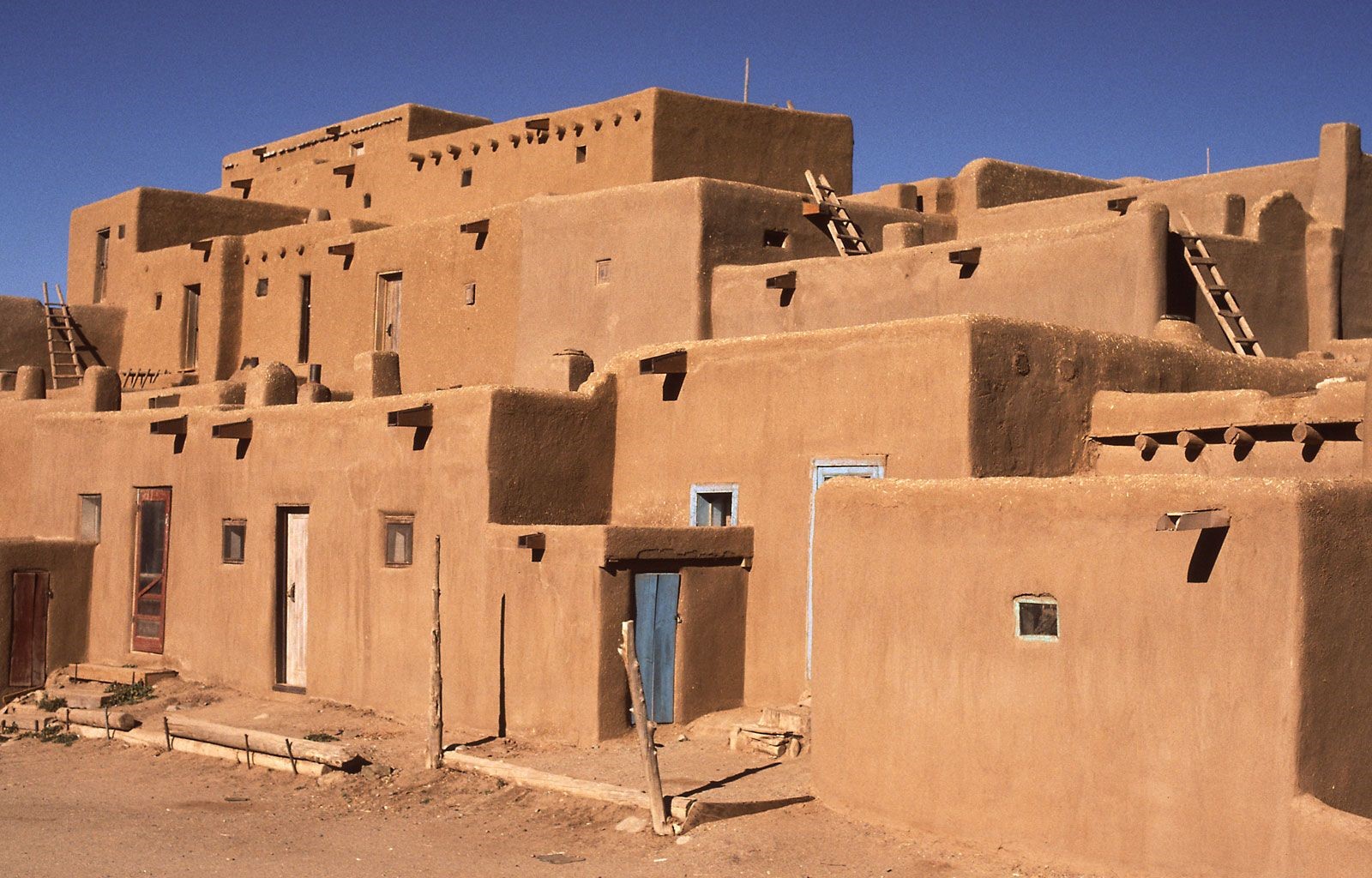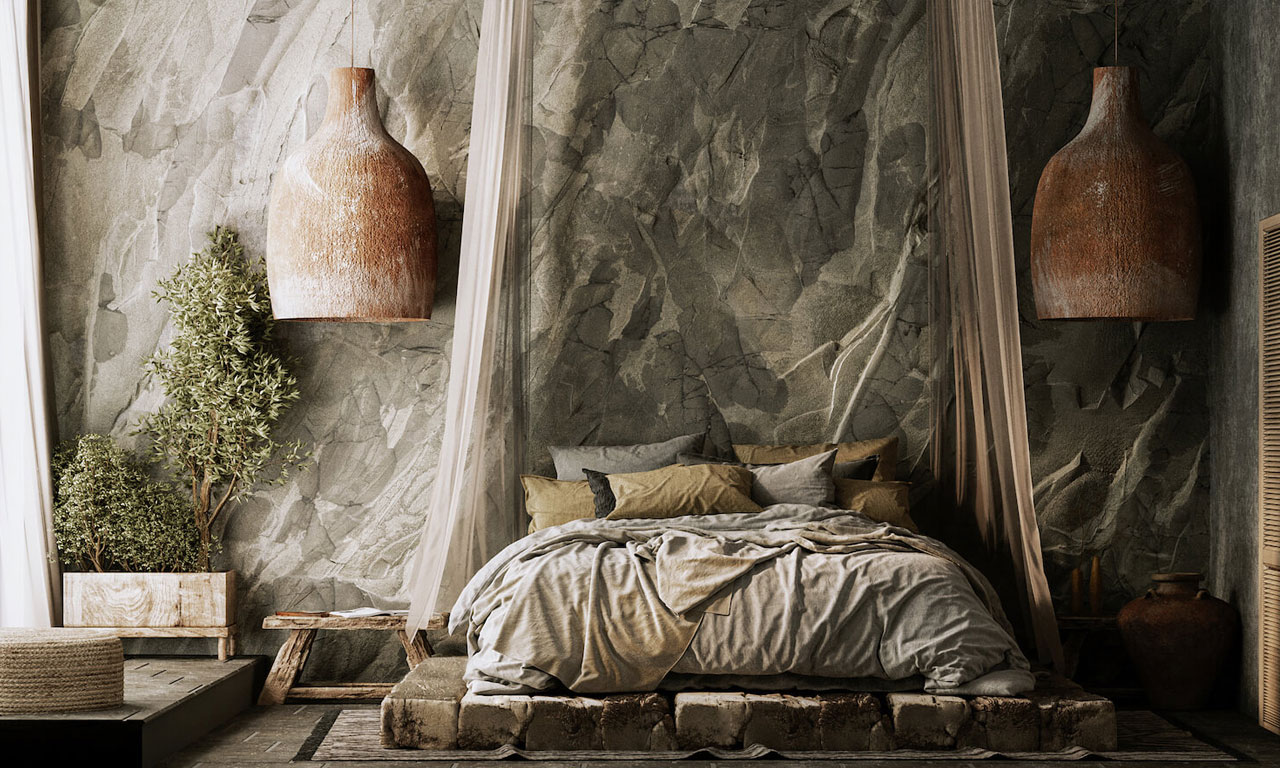Vernacular Architecture: Celebrating India’s Local Building Traditions
Architecture extends beyond the realm of imposing landmarks and towering structures; it finds its essence in the traditions, cultures, and histories of local communities. Vernacular architecture, with its intricate blend of regional styles, indigenous materials, and traditional construction techniques, serves as a testament to the soul of a place while honoring the ingenuity of local building traditions. In this article, we delve into the captivating realm of vernacular architecture, shining a spotlight on the diverse states of India and their architectural treasures. From the grand Havelis of Rajasthan to the elegant Nalukettu houses of Kerala, each state boasts its distinctive architectural gems that encapsulate the spirit of the region. Through exploring the beauty of vernacular architecture, we gain a deeper appreciation for the interconnectedness of people, culture, and the built environment, as well as the remarkable diversity and creativity that thrives within the tapestry of regional architectural styles.
RAJASTHAN: Havelis of Shekhawati

The stunning roof showcasing the beautiful frescoes of the Ramayana Chatri in Ramgarh
Nestled within the desert landscapes of Rajasthan, the Havelis of Shekhawati epitomize the splendor of traditional Rajasthani architecture. These magnificent abodes showcase a mesmerizing array of detailed frescoes, carved balconies, and elaborate jharokhas (overhanging enclosed balconies). Ingeniously constructed to withstand the unforgiving desert climate, their towering walls offer respite from the scorching sun, while the open courtyards facilitate natural airflow, providing a cool oasis within. The Havelis of Shekhawati serve as breathtaking testaments to Rajasthan’s architectural legacy, harmonizing aesthetic beauty with practicality in the face of the challenging desert environment.
KERALA: Nalukettu Houses

A Traditional Nalukettu house with four blocks
The Nalukettu houses in Kerala serve as captivating representations of the state’s unique architectural style. These traditional residences are defined by a central courtyard encompassed by four wings, strategically positioned to face the cardinal directions. The roofs, featuring steep slopes and extended eaves, provide effective shelter against the region’s heavy monsoon rains. With a remarkable emphasis on sustainability and climate responsiveness, Kerala’s vernacular architecture showcases the abundant use of teak wood, intricately carved panels, and sloping roofs. The Nalukettu houses stand as splendid testaments to Kerala’s architectural heritage, harmoniously blending aesthetics with practicality in tune with the local environment.
GUJARAT: Stepwells of Rani ki Vav

Queen’s Stepwell, Rani ki Vav, Patan, Gujarat
Gujarat holds a prominent place in the realm of architecture due to its iconic stepwells, referred to as baolis or vavs. These architectural marvels played a crucial role in arid regions, providing both a communal water storage system and a means of cooling during scorching summers. The stepwells boast mesmerizing designs, with their intricate stone carvings, ornate pavilions, and a harmonious arrangement of descending steps leading to the water source. Among these impressive structures, Rani Ki Vav in Patan stands out as a UNESCO World Heritage Site. It showcases the extraordinary mastery of craftsmanship through its finely detailed sculptures and exquisite ornamental motifs, leaving visitors awestruck by the richness and intricacy of Gujarat’s cultural heritage.
HIMACHAL PRADESH: Traditional Wooden Architecture

Kath-Kuni style Houses in Himachal Pradesh
Nestled amidst the majestic mountains, Himachal Pradesh boasts a distinctive style of vernacular architecture that reflects the region’s rich cultural heritage. The traditional houses, locally known as Kath-Kuni, showcase a harmonious blend of intricate wooden carvings and robust stone masonry. These architectural marvels are constructed using interlocking wooden beams and sturdy stone walls, allowing them to withstand the challenging weather conditions, particularly the heavy snowfall. The Kath-Kuni houses seamlessly merge with the natural surroundings, creating a picturesque landscape. Additionally, the temples of Himachal Pradesh further exemplify the region’s architectural prowess. One such notable temple is the Hidimba Devi Temple in Manali, celebrated for its unique construction and intricate craftsmanship. Himachal Pradesh’s architectural heritage, characterized by Kath-Kuni houses and temples, stands as a testament to the skilled craftsmanship and cultural significance of the region.
TAMIL NADU: Chettinad Mansions

Chettinad mansion in Kanadukathan
Located in the southern state of Tamil Nadu, Chettinad mansions proudly display the architectural magnificence of the Chettiar community. These opulent residences are distinguished by their lavish features, including intricately carved wooden pillars, vibrant tiles adorned with various motifs, and sprawling courtyards that invite natural light and ventilation. The architectural style of Chettinad mansions is a fascinating fusion of South Indian, European, and Art Deco influences, resulting in a distinctively captivating aesthetic. The ornate wooden carvings showcase the community’s artistic prowess, while the colorful tiles add a touch of vibrancy and elegance. These mansions stand as testaments to the rich cultural heritage and sophisticated taste of the Chettiar community, encapsulating the grandeur and charm of Chettinad’s architectural legacy.
Vernacular architecture encapsulates the essence of a location, mirroring the historical, climatic, and traditional aspects of local communities. India’s various states showcase a wealth of architectural gems, ranging from the opulent Havelis of Rajasthan to the graceful Nalukettu houses of Kerala. By safeguarding and appreciating these indigenous building practices, we not only pay homage to our heritage but also encourage sustainable and culturally vibrant architectural approaches for the future. The allure of vernacular architecture lies in its capacity to evoke a sense of belonging and establish a connection between people and their ancestral roots, rendering it an indispensable component of our architectural heritage. The enduring beauty of these structures harmonizes with the environment and fosters an enduring sense of cultural identity. Through the preservation and celebration of vernacular architecture, we can cherish our past, celebrate our present, and forge a path towards a future that embraces the wisdom of the past while embracing sustainable and culturally enriching architectural principles.


